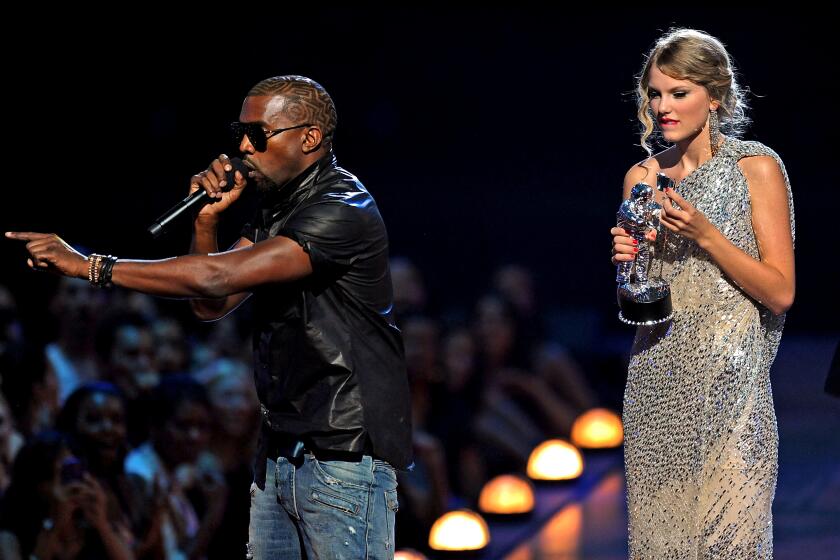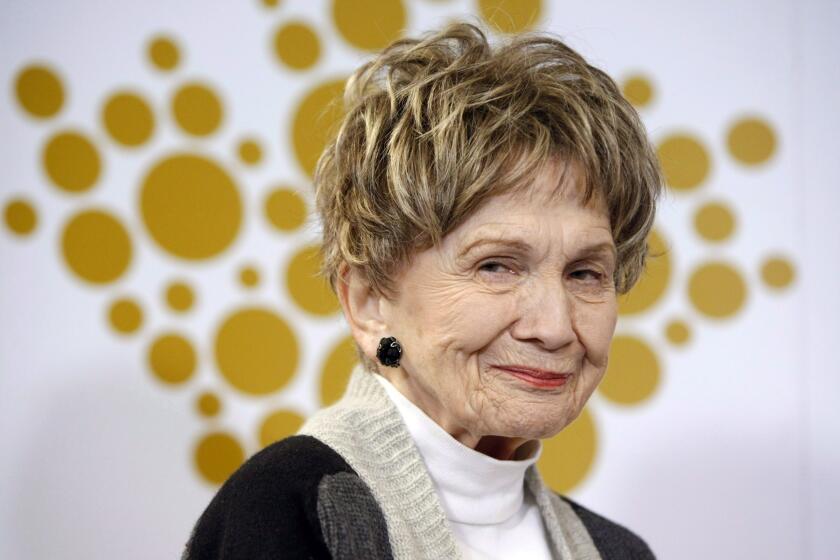3 alternative Christmas tales from 3 literary greats

To get in the Christmas spirit, you might want to read a good piece of literature, something beyond “Twas the Night Before Christmas.” In the spirit of giving, we’ve found three stories from three great writers of the 20th century that will put the holidays in a new light.
The first is John Cheever’s wonderfully funny 1949 story, “Christmas is a Sad Season for the Poor,” originally published in the New Yorker. Cheever’s protagonist, Charlie, is an elevator operator for a Park Avenue apartment building. He isn’t happy about having to work on Christmas, and he voices his complaint to the very first apartment dweller who enters his elevator.
“I think Christmas is a very sad season of the year,” he says. “It isn’t that people around here ain’t generous — I mean I got plenty of tips — but, you see, I live alone in a furnished room and I don’t have any family or anything, and Christmas isn’t much of a holiday for me.”
The doorman repeats his complaint — and throws in a lie or two — to other people in the building, and soon he’s being surprised with a windfall of food and gifts. But this is no “Christmas Carol” and the story ends with a funny twist.
Truman Capote grew up in Louisiana, and in “A Christmas Memory,” he recounts a tale of the Christmas he was 7 years old and living with his mother’s eccentric relatives in Alabama. The story is centered on one relative he was especially close to, and who conspired with him to make the most Christmasy food she could think of: fruitcake (the recipe requires whiskey, which wasn’t available legally).
Capote’s description of said cousin, written when he was in his late 20s, offers an early display the writer’s genius:
“She is small and sprightly, like a bantam hen; but, due to a long youthful illness, her shoulders are pitifully hunched. Her face is remarkable not unlike Lincoln’s, craggy like that, and tinted by sun and wind; but it is delicate too, finely boned, and her eyes are sherry colored and timid.… In addition to never having seen a movie, she has never: eaten in a restaurant, traveled more than five miles from home, received or sent a telegram, read anything except funny papers and the Bible, worn cosmetics, cursed, wished someone harm, told a lie on purpose, let a hungry dog go hungry.”
Like Cheever’s elevator operator, Capote’s cousin’s enthusiasm for Christmas gets her into trouble. But I won’t give away the ending.
If you’re looking for a “white” Christmas, then look no further than the poet Dylan Thomas’ “A Child’s Christmas in Wales,” a reminiscence of his childhood. Originally read by Thomas for a radio show in 1952, the deeply lyrical cemented Thomas’s fame in the U.S.
“December, in my memory, is white as Lapland, though there were no reindeers. But there were cats,” Thomas wrote. “Patient, cold and callous, our hands wrapped in socks, we waited to snowball the cats.”
Thomas grew up in rural Wales in the 1920s, and his essay evokes the Welsh countryside. My favorite passage comes in a single sentence, 86 words long:
“Years and years ago, when I was a boy, when there were wolves in Wales, and birds the color of red-flannel petticoats whisked past the harp-shaped hills, when we sang and wallowed all night and day in caves that smelt like Sunday afternoons in damp front farmhouse parlors, and we chased, with the jawbones of deacons, the English and the bears, before the motor car, before the wheel, before the duchess-faced horse, when we rode the daft and happy hills bareback, it snowed and it snowed.”
ALSO:
Two Canadian cities have world’s best public libraries
New York book clubs, catching up to L.A., discover bars
Free houses for writers: Inside the ‘Write a House’ project
hector.tobar@latimes.com
More to Read
Sign up for our Book Club newsletter
Get the latest news, events and more from the Los Angeles Times Book Club, and help us get L.A. reading and talking.
You may occasionally receive promotional content from the Los Angeles Times.










